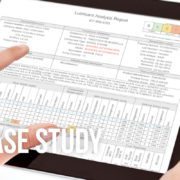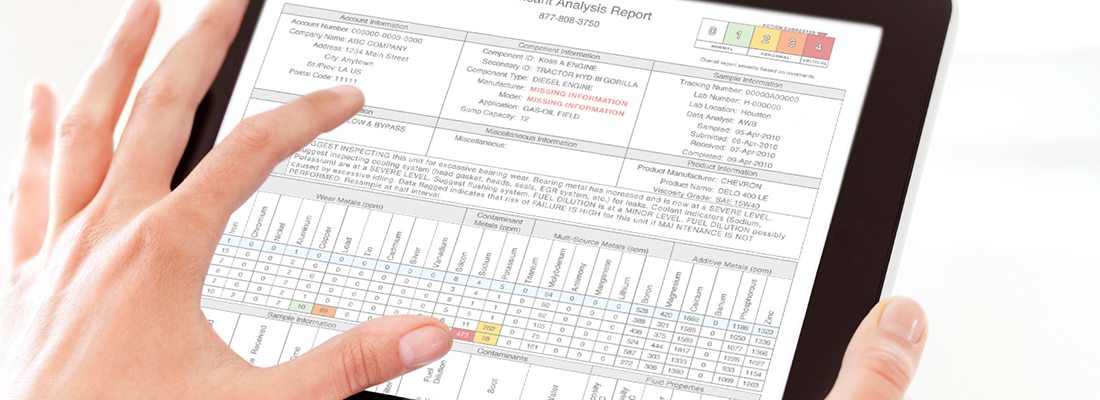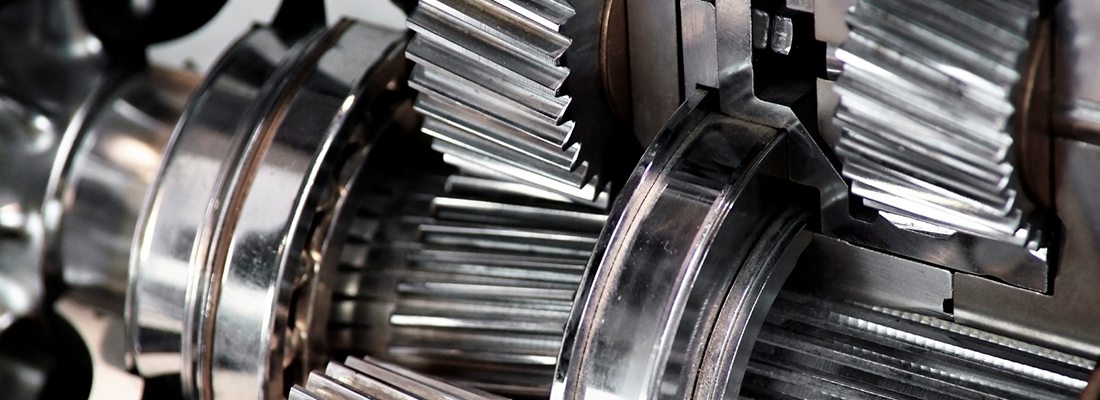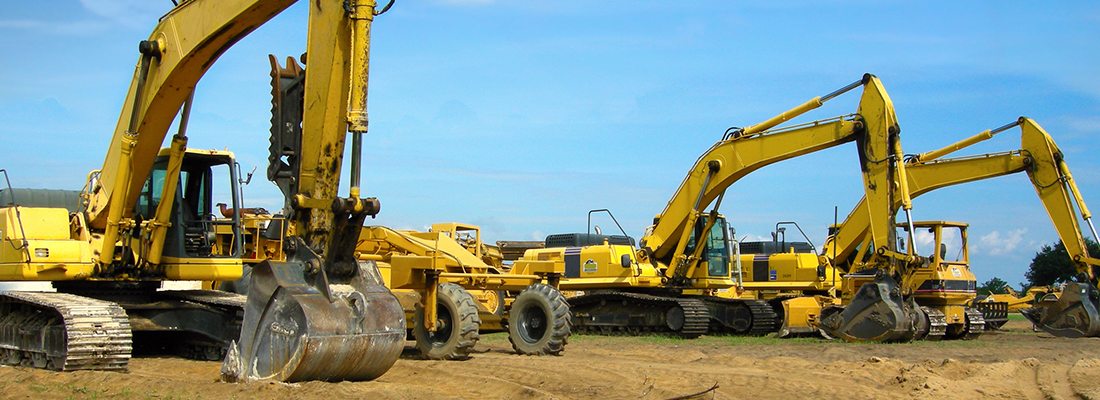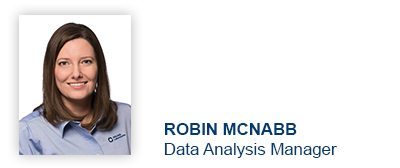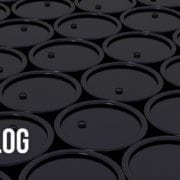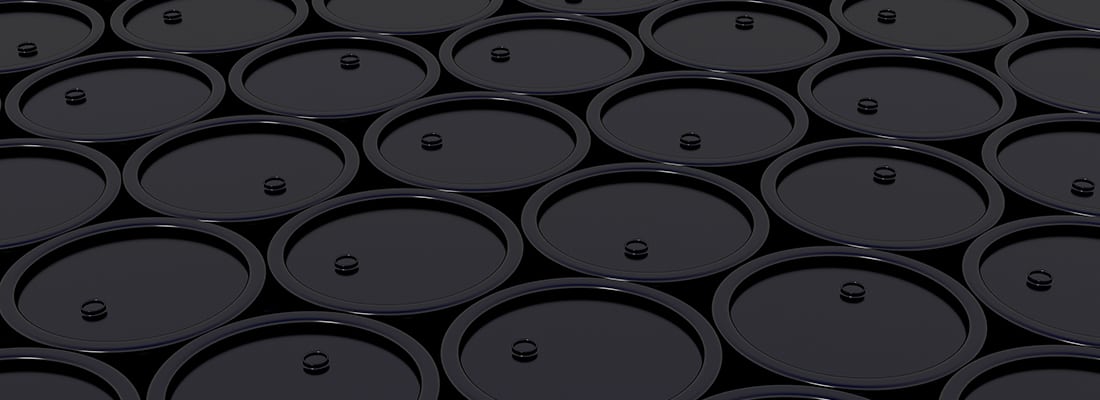Preparing for Winter Weather

Did you know your coolant and diesel fuel can both be negatively impacted by nasty winter weather? Monitoring your fluids before this unpredictable season can help you avoid damage to your equipment as well as unexpected downtime.
There’s nothing worse than having an asset break down in the cold, snowy slush of winter. To keep any unwanted damage from occurring, you need to make sure you are performing the right tests on your coolant and diesel fuel.
When you start monitoring your diesel fuel, cloud point, pour point, and cold filter plug point testing can help you determine if your fuel is able to perform at low temperatures. It’s important to conduct these tests as, in cold weather, the paraffins in your diesel fuel will form filter clogging wax crystals– causing a major engine issue.
Coolant can also run into trouble in the winter. When glycol levels are low, the freeze protection may not be adequate for the winter cold. This is a major problem that results in extremely expensive repairs plus downtime to fix the issue. Testing your glycol percent and refraining from mixing your coolant can help you avoid any unplanned maintenance.
To learn more about how winter can impact your equipment health, download this winter health sheet. If you have any questions feel free to contact us at custserv@eoilreports.com.
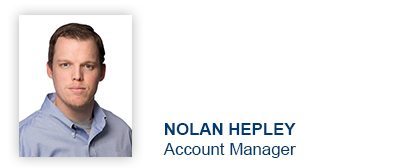
Proven Impact. Proven Uptime. Proven Savings.
Let us prove it to you.







